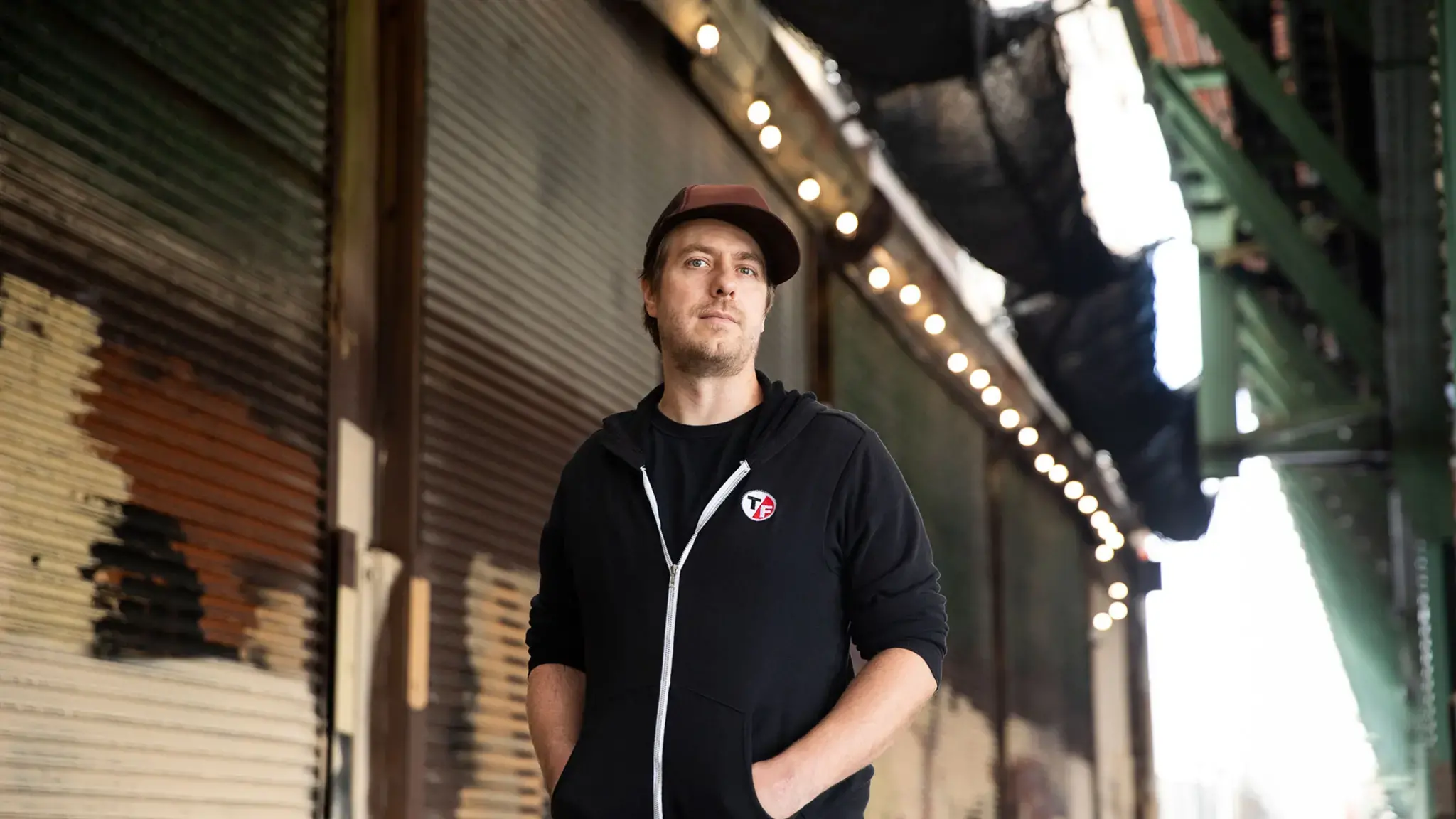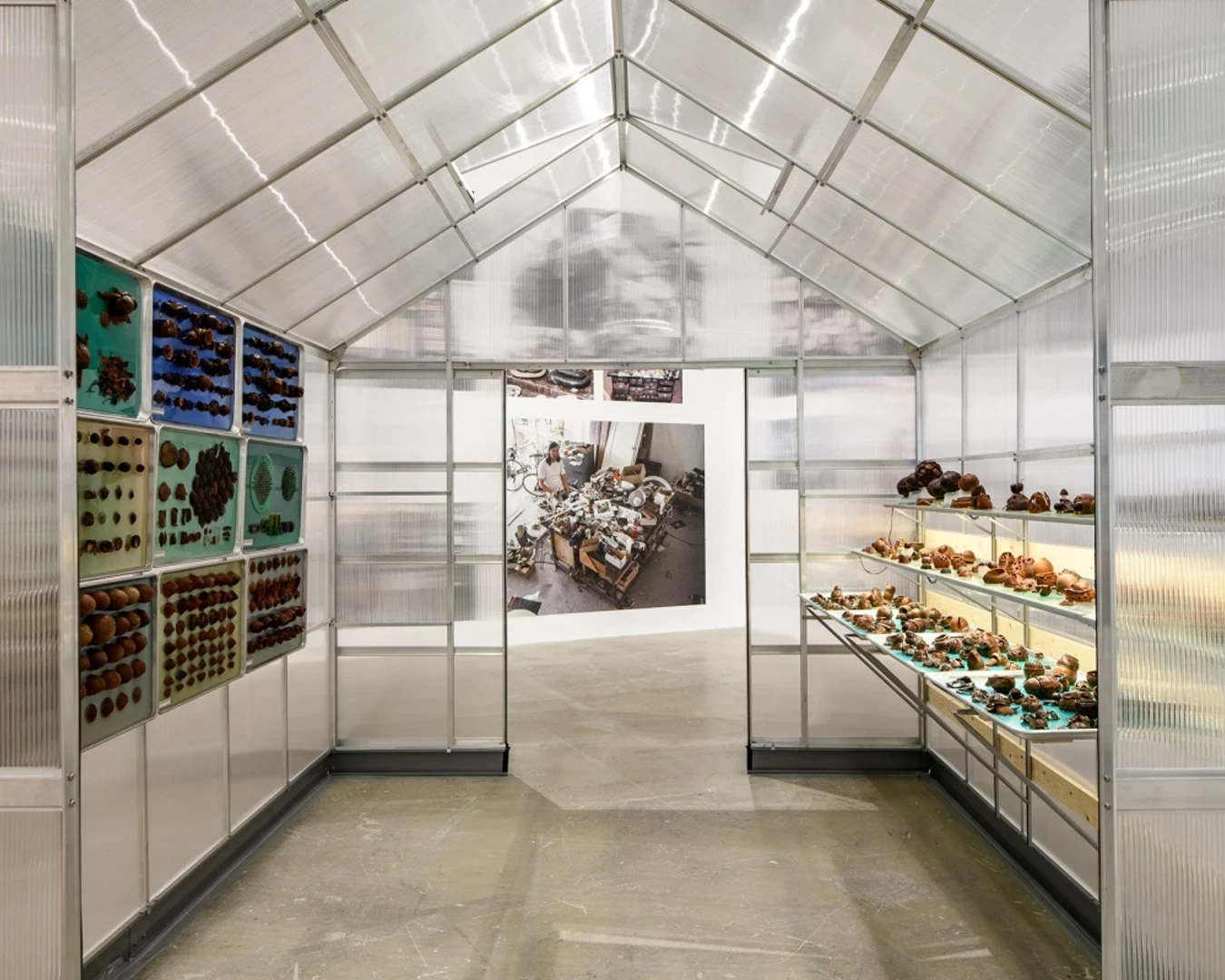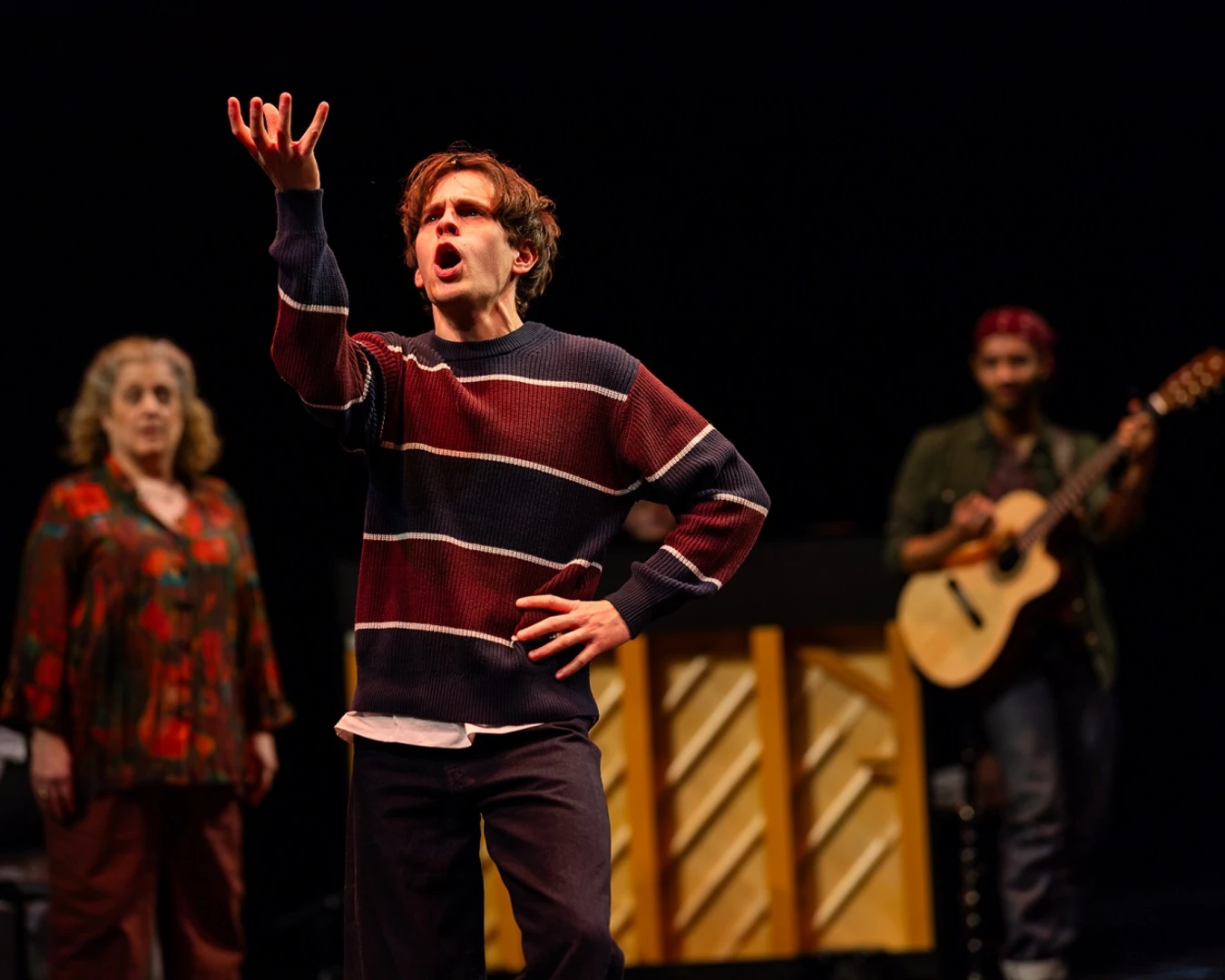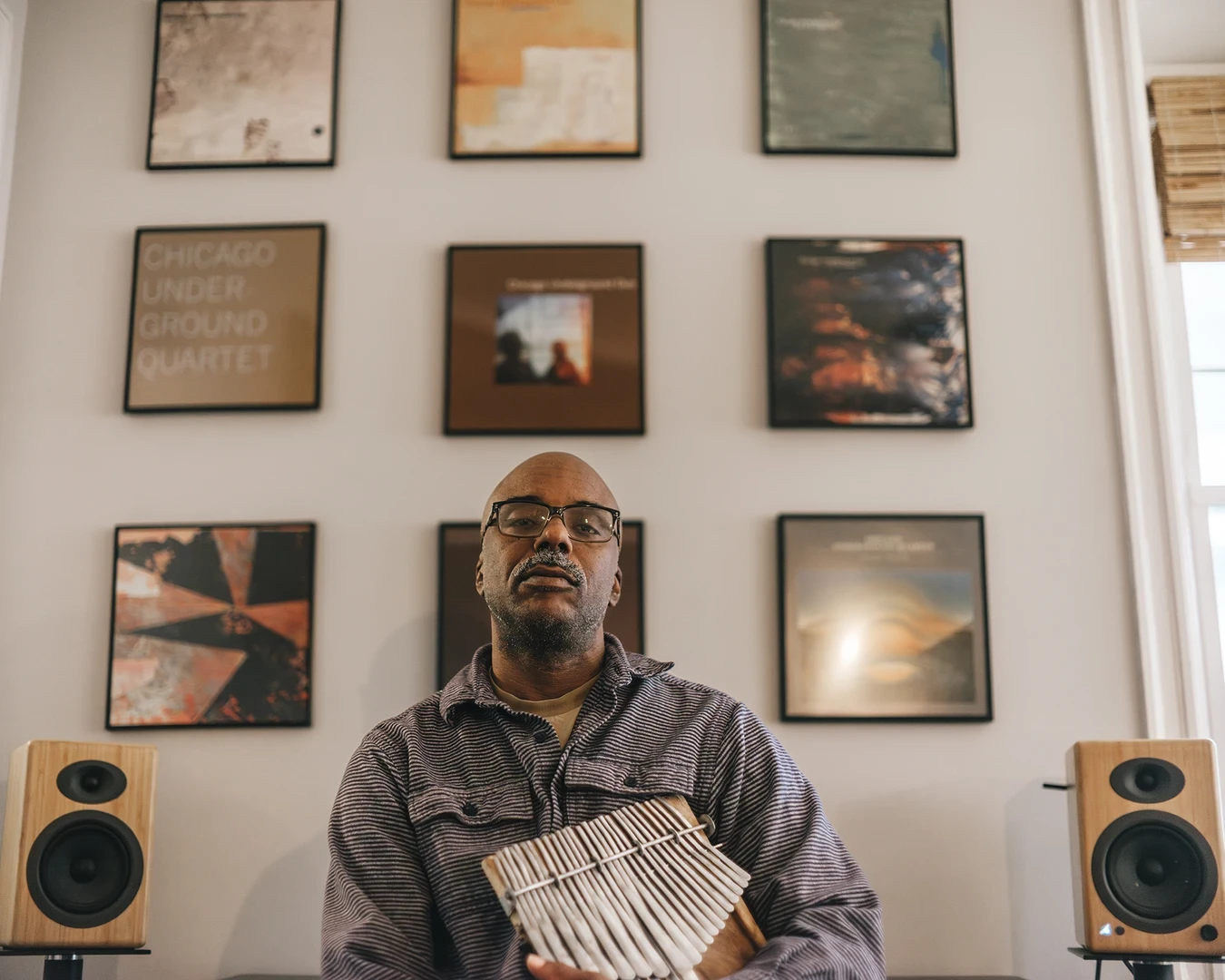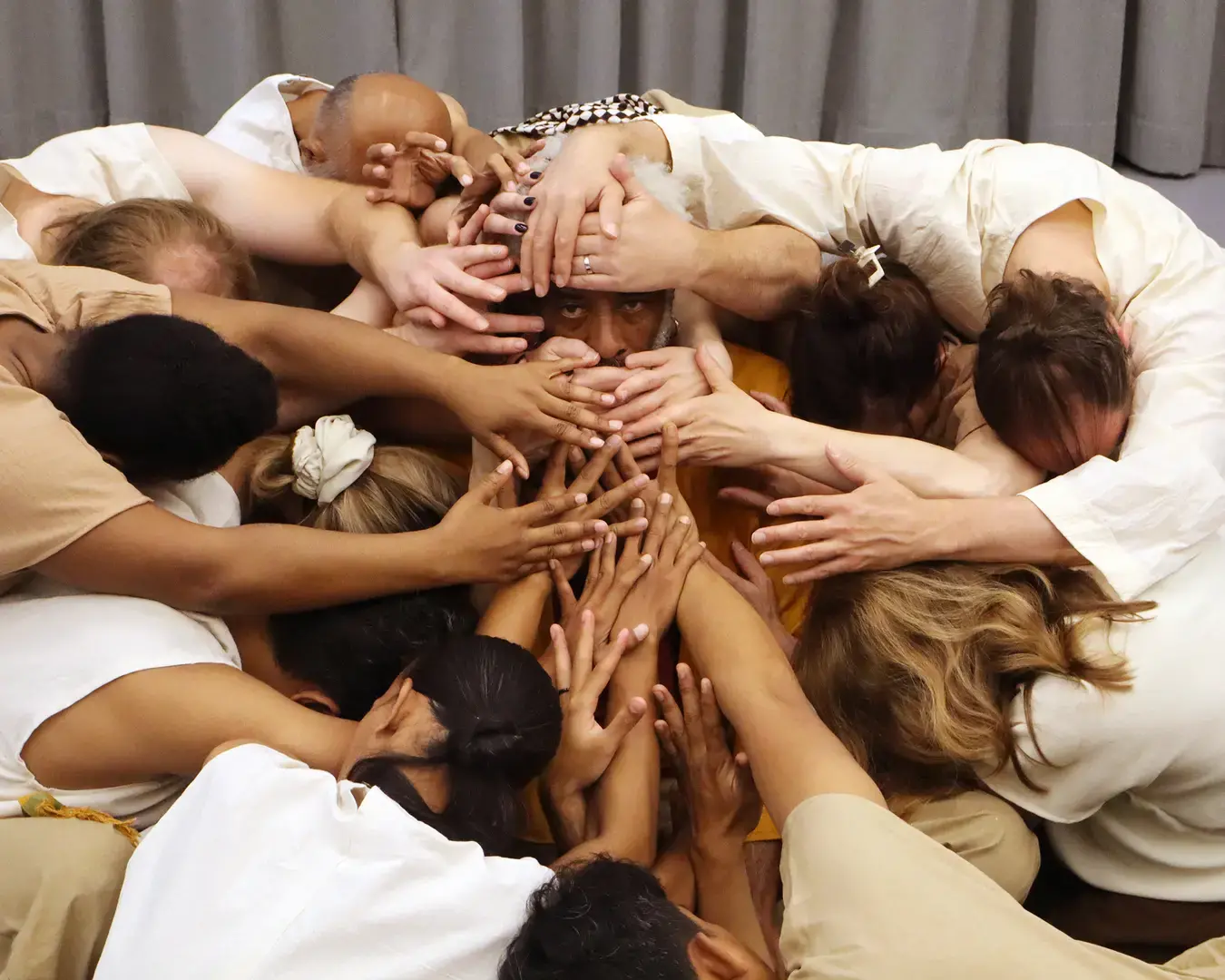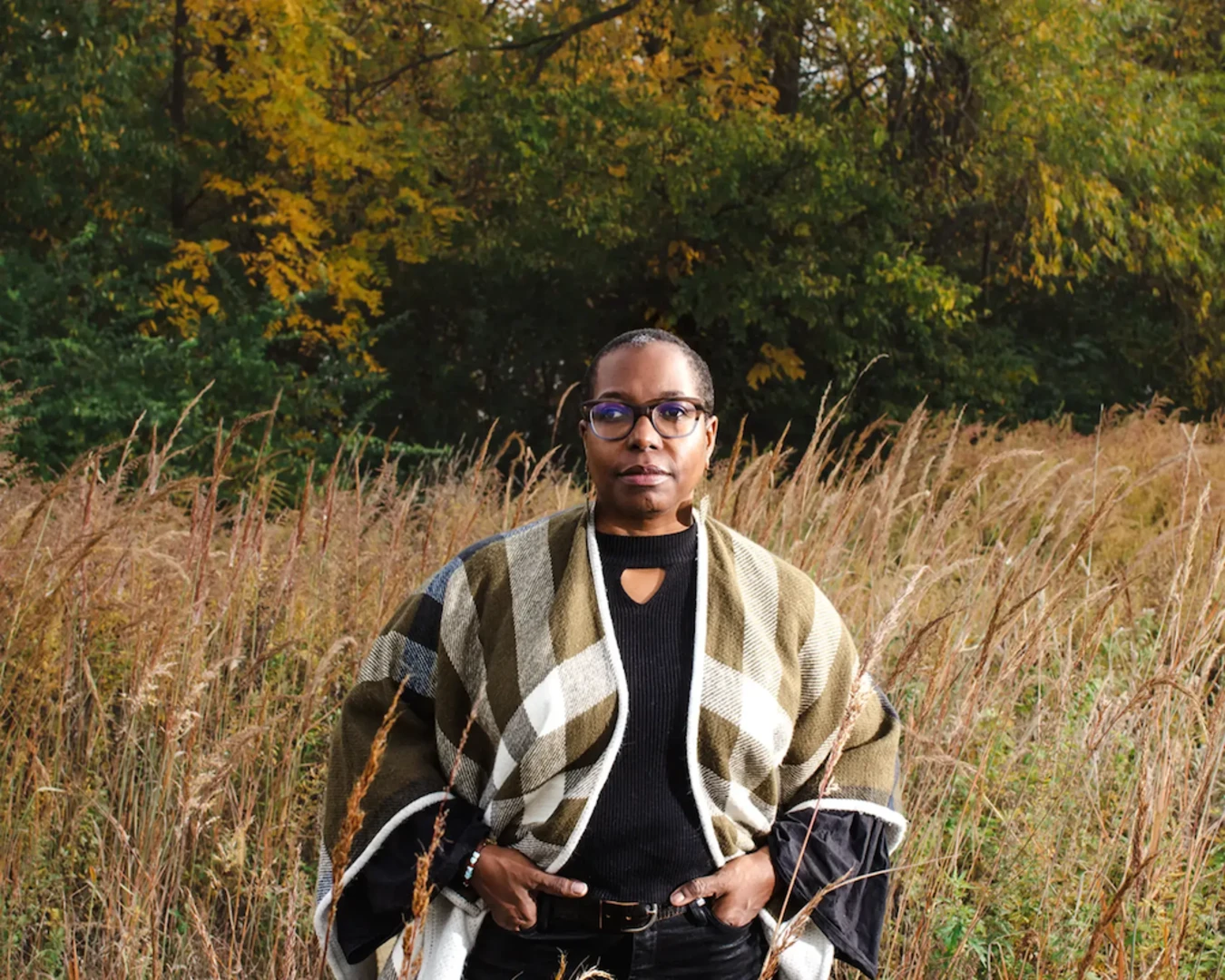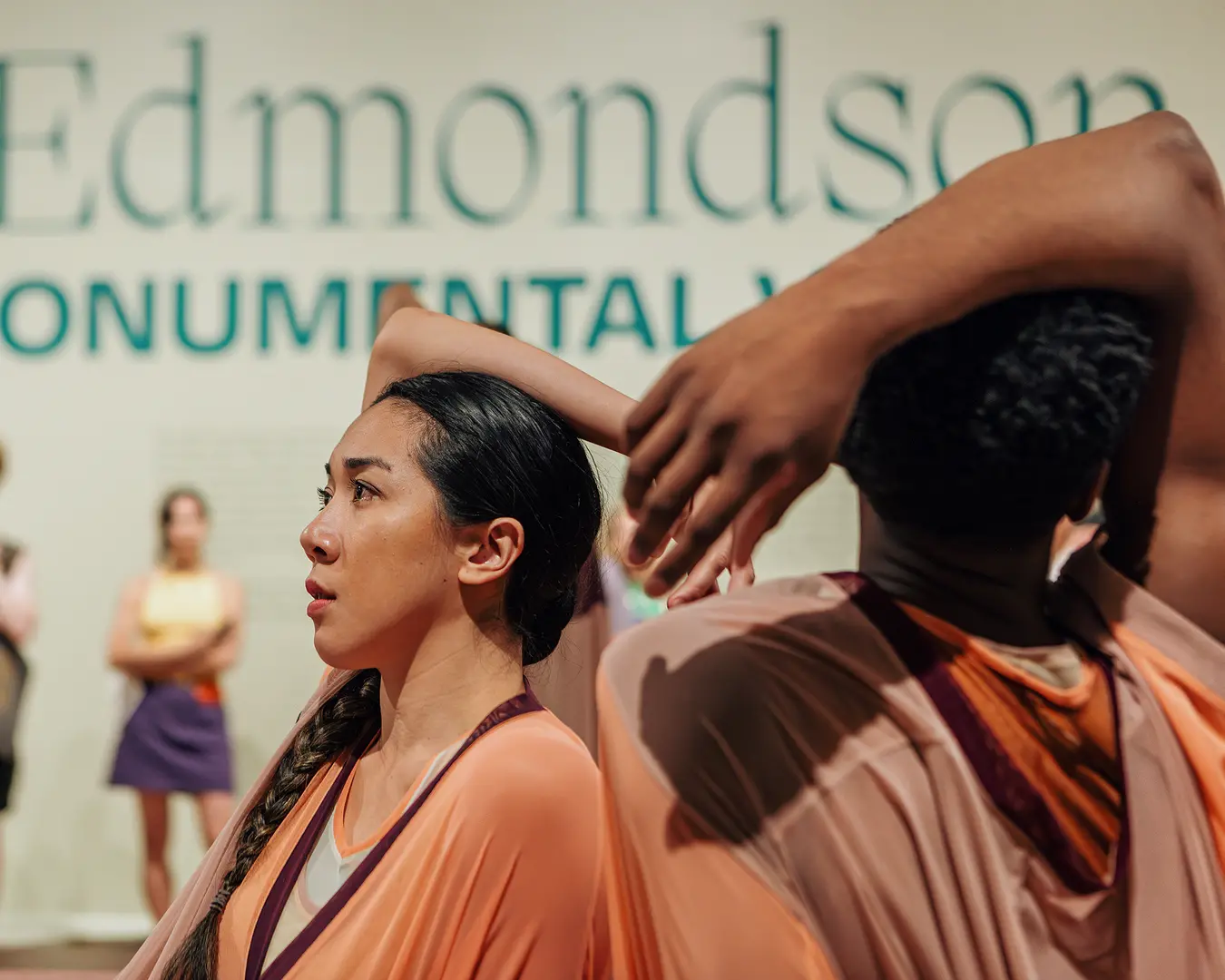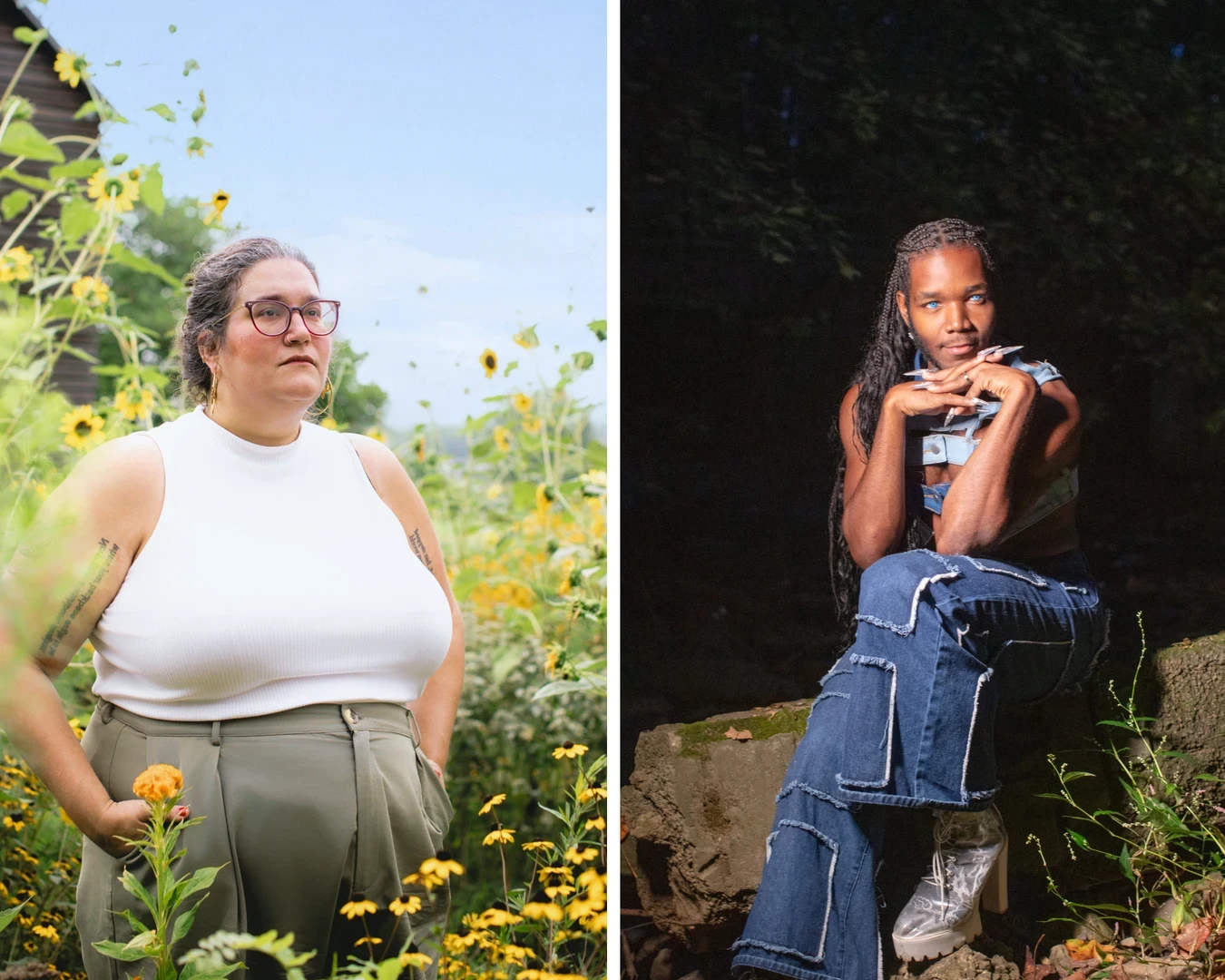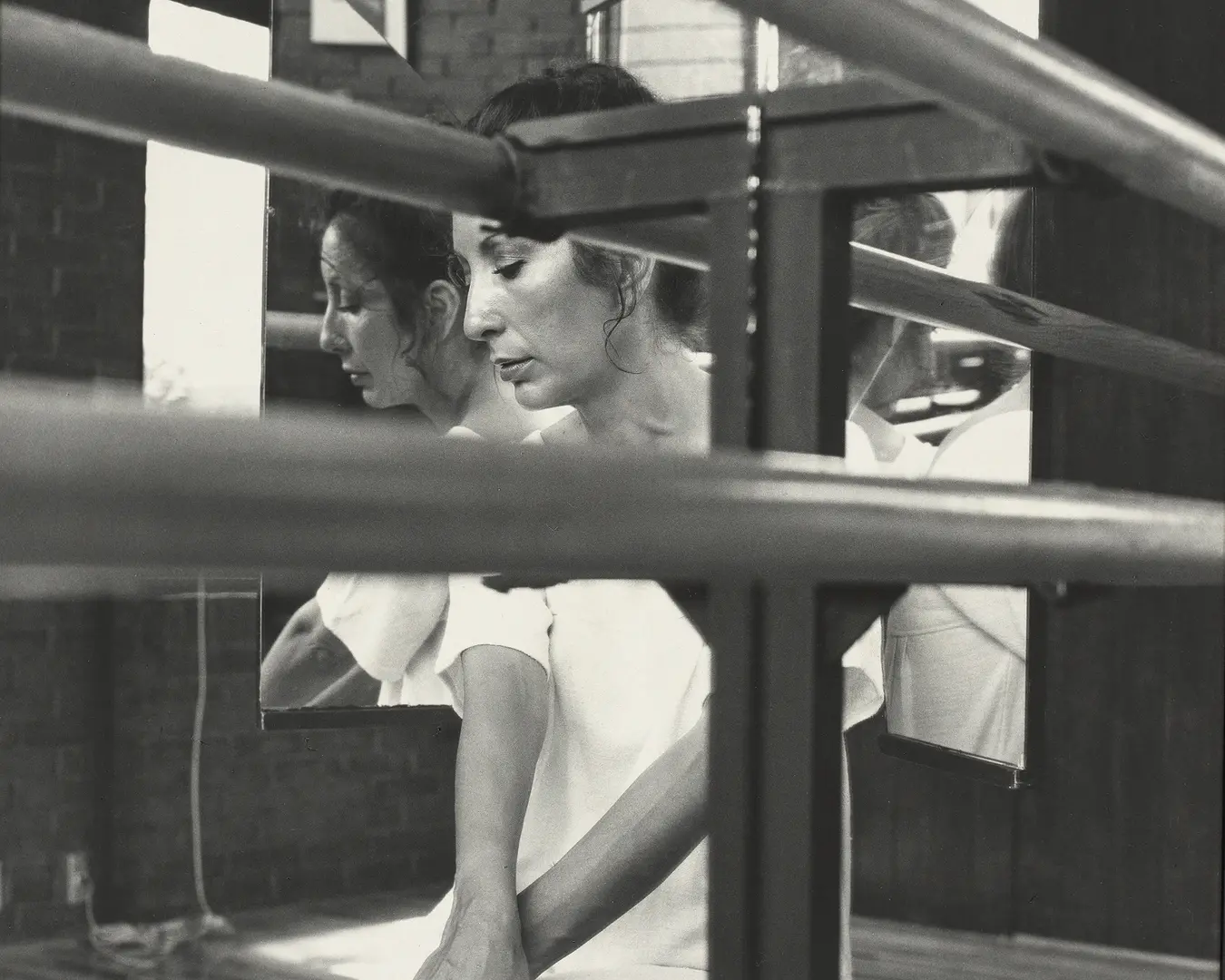Our “Pew Fellow of the Week” series focuses on the artistic lives of our Pew Fellows: their aspirations, influences, and creative challenges.
Documentary filmmaker Jonathan Olshefski (2018) spoke to us about how he came to filmmaking, how stories build a sense of connection, and why he says he “makes art to make friends.”
Olshefski’s debut feature film, QUEST, examines race and class in America as it follows the moving story of a North Philadelphia family and its community over the course of ten years. He is currently at work on Without Arrows, a film that tracks the lives of three generations of a Native American family in South Dakota. Olshefski recently received a grant for this project from Catapult Film Fund. His work also comprises short films, still photography, installations, art books, and digital media. Olshefski has been recognized as one of “9 New Directors You Need to Watch” by The New York Times and one of “25 New Faces in Independent Film” by Filmmaker Magazine. He is associate professor at Rowan University’s department of radio, TV, and film, and he holds a MFA from Temple University.
What was the first work of art that really mattered to you? Did it influence how you approach your work?
When I was in 4th and 5th grade, I would spend my journal time at school writing an epic fantasy novel about a crew of adventurers. It basically ripped off elements from any book or movie that inspired me, a little bit of Star Wars, Lord of the Rings, and Greek and Norse mythology, along with some deeper cuts like Red Sonja and Gymkata. Here’s the crazy thing: the story was called The Quest. Who knew that almost 30 years later, QUEST would be the title of my first feature film?
I never finished the story. It just kept going and going. But I think that it influenced me to set my sights high. Go epic and be persistent!
In terms of movie-making, I started a skate video company while in high school with some of my friends called Loathly Lady Skate Co. We weren’t really good at skating, so our videos were predominantly random skits and craziness. From 1998 to 2002, we created a trilogy of hour-long movies that floated around in Pittsburgh and which we sold via a PO box. Ultimately, we sold dozens of VHS tapes. I spent more time in front of the camera back then, as I was more willing than others to risk injury and jump off rooftops into bushes. But my biggest takeaway from LLSC was that making things with your friends provides an amazing opportunity to bond while putting something out into the world. Years later, that same ethos of “make films to make friends” came to fruition when I discovered documentary filmmaking.
Your documentary films tell stories of contemporary America and offer intimate portraits created through long-term relationships you develop with your subjects. How do you choose the subjects of your films, and what are your key considerations as you develop these relationships?
I never started a project where I had a concept and then “cast” subjects to carry the story. For me, it always starts with a random connection or a relationship, and everything builds from there. With QUEST, it all started in 2006. I was teaching a photography class to adults in North Philadelphia, and one of my students casually mentioned, “My brother runs a hip hop studio down the street. You should meet him.” After an awkward initial introduction, I was invited to take photos at Everquest Recordings. I just really connected to the Raineys and the community of the studio, getting the nickname Peter Parker along the way. We worked on a photo essay for a year and a half, when we decided to make what we thought was going to be a short little documentary in 2007. And then ten years later…
This is the standard story for all of my projects. I’m hanging out and I bump into folks and somehow we start filming together. Even my next film, which takes place predominantly in South Dakota, started with a random connection in North Philly.
What is your biggest motivator as an artist? What is your biggest fear?
I desire connection. That is my core desire as a human being, and I have found that making art facilitates that. I make art to make friends. I think that art that can be a catalyst for community. It can bring people together and allow people to understand each other better.
My biggest fear is to cause harm. This fear drives me to always check myself and be very thoughtful. Stories are incredibly powerful and as such they can be used as weapons. Stories can build a sense of connection or destroy it. Many communities have been devastated by thoughtless or predatory storytelling. There is a sad legacy of privileged storytellers imposing their own narratives upon the people and communities that they depict, thus marginalizing and silencing them. Visual colonialism.
I think that documentary storytelling is about reflecting the voices, experiences, and perspectives of the subjects/protagonists on the other side of the camera, and I am committed to a relational and thoughtful process that allows me to connect and understand deeply, so that I can reflect authentically.
Whose opinion about your work do you respect most?
My subjects/protagonists and their communities. If I don’t do right by them first, then all the critical praise in the world is meaningless.
My peers: other artists and filmmakers whose work that I respect and am inspired by.
Holly, my wife.
Still waiting on God to explicitly weigh in, but the haphazard path forward keeps being cleared, and I find meaning in that.
What is your most treasured possession?
My imagination and dream life. It gets me through the day and fuels my creativity.
Do you think about your legacy, and if so, how does your thinking about it affect your practice?
I think about my legacy as far as my relationships. I’d rather be known as a good husband, dad, friend, or collaborator than as a good artist—but these things are often in tension (and overlapping). Making work is essential to who I am, and through that process, I am able to bring my best, most energized self to my relationships. But there is a line where my obsession with my work, the high stakes, and the energy involved in getting it right act as a burden on the people who need me the most.
That said, I do want to create work that is timeless and significant. Making this work is my contribution to the world. I want people to experience my work deeply and find that it resonates in personal and surprising ways—perhaps building a sense of connection to a person or community that they may previously not have felt.
